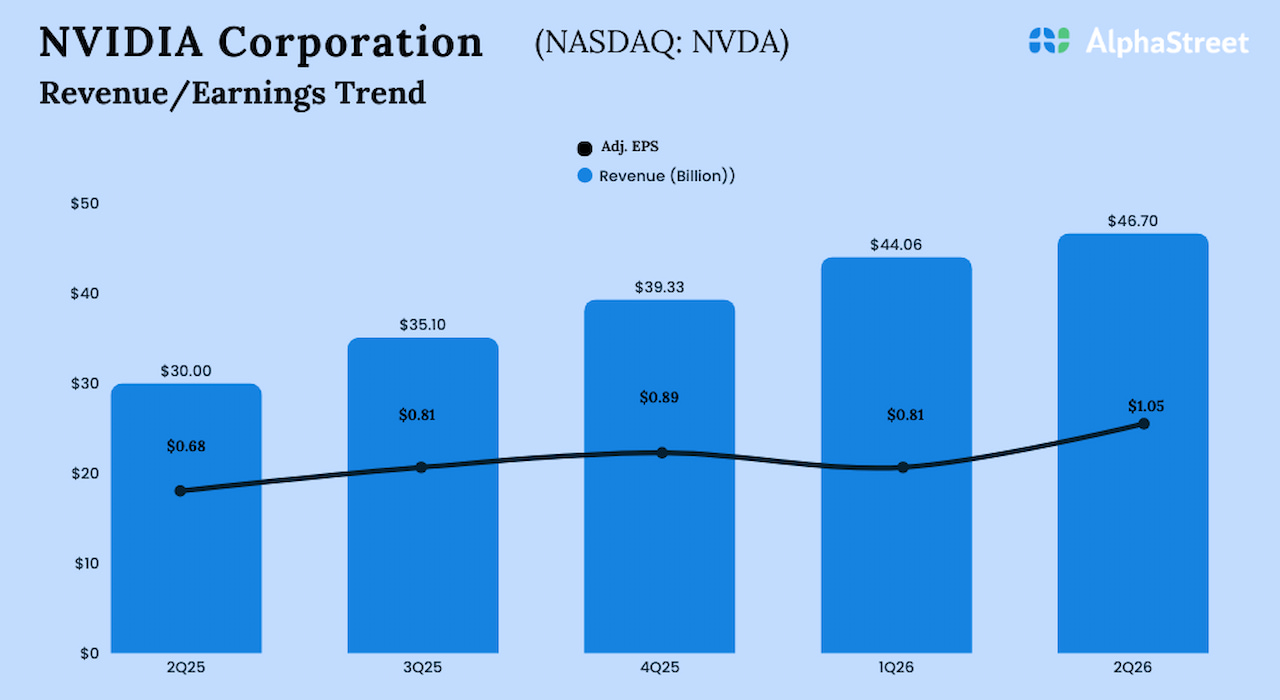Your bank’s “member FDIC” logo isn’t just there for decoration. It’s meant to reassure you and your fellow customers that the bank carries FDIC deposit insurance, which protects your deposits up to applicable legal limits should the bank go out of business.
Every “member FDIC” bank in the United States carries FDIC deposit insurance. Currently, this coverage protects deposits in eligible accounts up to $250,000 per depositor, per bank.
That limit used to be a lot lower, and it could go higher in the not too distant future. See where it’s been, where it might be going, and why it matters for your personal finances.
FDIC Deposit Insurance Limits Since 1934
The United States Congress created the Federal Deposit Insurance Corporation (FDIC) in 1933, following a spate of bank runs during the Great Depression. These bank runs wiped out millions of dollars in personal and business savings, causing untold hardship across America and deepening the economic crisis.
Congress didn’t want to give the newly created FDIC a blank check or encourage irresponsible behavior, so it set strict limits on the amount covered. The FDIC went live on January 1, 1934, with an initial coverage amount of $2,500. That soon proved inadequate, and Congress doubled the coverage amount later that year.
The FDIC’s coverage limit stayed at $5,000 until 1950, when Congress doubled it again. The next increases came in 1966 and 1969, to $15,000 and $20,000, respectively.
Congress generally framed these increases as necessary to keep pace with inflation, which was often explicitly cited in the laws authorizing them. For example, in authorizing the 1966 increase, Congress noted that raising the limit from $10,000 to $15,000 would protect all but 1% of bank customers.
| Date | FDIC Insurance Limit |
| 01/01/1934 | $2,500 |
| 07/01/1934 | $5,000 |
| 09/21/1950 | $10,000 |
| 10/16/1966 | $15,000 |
| 12/23/1969 | $20,000 |
| 11/27/1974 | $40,000 |
| 03/31/1980 | $100,000 |
| 10/03/2008 | $250,000 |
Then, as inflation began to roar, Congress raised the FDIC coverage limit to $40,000 in 1974 and $100,000 in 1980. There it remained until the next big financial crisis — the Great Financial Crisis of 2008 — when Congress upped the cap to its present level of $250,000.
The 2008 increase was the first since the Great Depression to occur in response to an acute financial emergency. Congress initially intended it to last only as long as the threat of widespread bank failures, but that wasn’t to be. The Dodd-Frank Act of 2010, a banking reform and consumer protection package passed to avert a repeat of the GFC, made the $250,000 limit permanent.
Will the FDIC Deposit Insurance Limit Go Up Again?
The federal deposit insurance limit stayed at $100,000 for nearly 30 years before Congress finally raised it in response to the worst financial crisis since the Great Depression.
Brief COVID crash aside, we haven’t experienced anything like the GFC since. Hopefully we won’t for a long time. And even with inflation higher than at any point since the early 1980s, there’s little urgency in Congress — or in the banking industry itself — for another increase.
So if you’re wondering when the FDIC insurance limit will increase again, don’t hold your breath. I see only three catalysts for an increase before 2030, none of which would be welcome:
- Persistently High Inflation. Inflation has been much higher than the Federal Reserve’s 2% target rate since 2021. But most economists expect a return to something like 2% inflation, or at least a broader “historically normal” range below 4%, by 2024. Should inflation remain above 4% beyond then, Congress might feel pressure to raise the federal deposit insurance limit to keep pace.
- Another Financial Crisis. A crisis on the order of 2008, or worse, would likely push Congress to shore up the FDIC and raise deposit insurance limits. There aren’t any obvious storm clouds on the horizon right now, but financial crises are by definition difficult to predict.
- A Flurry of Bank Failures Not Tied to an Acute Crisis. It’s hard to imagine a bunch of banks failing in the modern era absent some sort of larger systemic issue, but it’s possible. For example, smaller banks that partner with cryptocurrency investing apps could be vulnerable in a major crypto crash that wipes out a bunch of investors but doesn’t threaten the broader financial system.
If I had to bet, I’d say we’ll ring in 2030 with the limit right where it is today. A plain-vanilla recession — which we’re likely to see at least one more of before the decade is out — won’t create the kind of urgency needed for Congress to act. And because banks pay into the federal deposit insurance system, Congress won’t impose on them without good reason.
FDIC Deposit Insurance FAQs
Like other types of insurance, deposit insurance is one of those things that you hope you never have to worry about or even devote thought to. But it’s nice to have if something does go wrong at your bank — and important to understand so you’re prepared for a worst-case scenario.
So with that in mind, we’ve answered some of the most common questions about FDIC coverage in particular and bank deposit insurance in general.
What Account Types Qualify for FDIC Coverage?
If it’s designed to hold cash and backed by a member-FDIC financial institution, it’s most likely FDIC-insured. The most common account types that may be covered by FDIC deposit insurance are:
I say “may be covered by FDIC deposit insurance” because, again, the FDIC membership thing is crucial. If your bank or account doesn’t clearly state that your money is protected by FDIC deposit insurance, there’s a good chance it’s not.
What Account Types Don’t Qualify for FDIC Coverage?
The general rule here is if an account type can’t be defined as a “deposit account,” it doesn’t qualify for deposit insurance. Common account types and financial instruments that don’t qualify for FDIC coverage include:
- Securities accounts (also known as brokerage accounts), except for the portion of the account held in cash on deposit with a member-FDIC bank
- U.S. Treasury bills, notes, and bonds, though these are regarded as safe because they’re backed by the federal government
- Other types of bonds, including state, municipal, and corporate bonds
- Cash value insurance policies, such as whole life insurance policies and annuities
- Stocks
- Exchange-traded funds (ETFs) and mutual funds
- Safe deposit box contents, even if they’re stored at a member-FDIC bank
If you’re not sure if a particular account type or asset qualifies for FDIC coverage, ask your bank or financial institution. You’ll often find the answer in a fine-print disclaimer if you don’t want to talk to a live person.
Do Online Banks Have FDIC Coverage?
Yes, online banks have FDIC coverage as long as they’re FDIC members or legally partnered with a member-FDIC financial institution.
This is trickier than it sounds because the terms “online bank” and “mobile banking app” and “fintech app” (among others) tend to be used interchangeably, but a “bank” is a very specific thing from a legal and regulatory perspective. There’s a good chance your mobile banking app is not itself a bank. Dive into the fine print in the app or on its website and you may see language like “[app name] is a financial technology company, not a bank; banking services provided by [xyz bank], member FDIC.”
That last part is important. It means money you transfer into the mobile banking app isn’t held with the company that built the app, but with the bank it partners with to handle the technical aspects of money management — and to keep your money safe.
What Happens If Your Account Balance Exceeds the FDIC Limit?
If your bank fails and your account balance is higher than the current FDIC insurance limit, you could possibly lose the entire amount above the limit. More likely, you’ll eventually recover some of that amount, but probably not all of it.
Exactly how much you get back of your deposits over the limit depends on factors not in your control, including the bank’s financial situation and who else can stake a claim to recoverable funds. Ultimately, it’s the FDIC’s call, and it can take several years to work out. The best way to avoid the potential headache is to keep your account balance under the FDIC coverage limit at all times.
Can You Get More Deposit Insurance Than the FDIC Allows?
Yes, you can get deposit insurance above the current coverage limit, but it’s not as simple as calling the FDIC and asking nicely. They won’t take your call anyway.
If you have more than $250,000 in the bank, your options for making sure it’s all covered include:
- Use the Massachusetts Depositors Insurance Fund. The Massachusetts Depositors Insurance Fund provides an additional $250,000 in deposit coverage for eligible accounts at Massachusetts-chartered banks. You don’t have to live in Massachusetts to qualify, but you do have to be willing to open an account at a bank chartered there. Some online banks are chartered in Massachusetts, so it’s worth a shot.
- Use Multiple Ownership Types at the Same Bank. FDIC coverage applies to each account ownership type at member institutions rather than cumulatively across all accounts tied to the same individual or business. So you can multiply your coverage without using more than one bank by opening different eligible account ownership types — for example, single owner, joint owners (two or more individuals), IRAs, and trust accounts (which have separate $250,000 limits for each beneficiary) — and keeping each account’s balance under $250,000.
- Open Accounts at More Than One Bank. The “multiple ownership types at the same bank” strategy only works for so long. At some point, you’ll need to find a second bank and repeat the strategy.
- Use a Cash Management Account. Usually available through a brokerage, cash management accounts use accounts at several (or many) different banks to game the FDIC system and boost federal deposit insurance coverage for account holders. The best cash management accounts typically have $1 million to $2 million in FDIC coverage, and some have even higher limits. And the multiple institutions strategy applies here too: If you have three cash management accounts at three different brokerages, your coverage is cumulative.
Do Credit Unions Have Deposit Insurance?
Yes, credit unions have deposit insurance through the National Credit Union Administration (NCUA).
The NCUA is basically the credit union industry’s version of the FDIC. It currently has the same deposit insurance limit per account: $250,000. Look for the NCUA badge on your credit union’s branches or website to confirm that they participate in the scheme.
Final Word
Bank failures are rare these days. Even the Great Financial Crisis, which shook the very foundations of the global financial system, saw only a smattering of outright failures. Most of the financial institutions that got into trouble in the GFC merged with stronger banks before they really hit the skids.
You have to go back to the Savings and Loan Crisis of the late 1980s for the most recent example of a true epidemic of bank failures. Hundreds of small community banks went bankrupt back then, mainly due to bad mortgage debt. Fortunately, the FDIC stepped in and ensured that though quite a few bank employees lost their jobs, no depositors lost any insured funds. As long as you stick to member-FDIC banks (or member-NCUA credit unions) and mind those deposit insurance limits, you can rest assured your money will be safe too.






































